It doesn’t have to be like that. You need to know two very important things:


I’ve elaborated more about the first thing in one of my previous articles about not losing faith in yourself and in affiliate marketing.
The following article will be about the second thing.
Manageable and unmanageable risks
The probability of not having your domain banned ever is as high as not having to go to the dentist for the entire life. Even with the best efforts and intentions, it most probably will happen. No matter if you flossed.
However, this is the risk you can foresee, and therefore, manage. I cannot give you good advice on dentistry (just don’t brush too hard!), but when it comes to a banned domain, there is an easy fix.
I will reveal it in a moment, but for now, stay with me.
This, and many other struggles, can be dealt with. It’s much harder with things that you cannot anticipate.
No banner with provided ID foundThe risks of COVID-19
Let’s talk about the epidemiological elephant in the room.
The Coronavirus crisis is one of those things that you couldn’t possibly prepare for. It falls into the category of unmanageable risks. Of course, some general business rules (like always having some spare cash for contingency) could somewhat help you along the way but no one in the industry made plans in case of a global pandemic.
This is one of those things that you have to deal with once it happens, using what you already have. In medicine, this is referred to as symptomatic treatment.
Have no misconception, there are probably more risks like that lurking in the dark. We will all cope with them in the same way.
For the purpose of this article, I will only talk about struggles, obstacles and problems that we can predict. So, without further ado, let’s go over some of the most prevalent affiliate issues and see how to deal with them.
1. Domain ban
This happens to many of us for the number of reasons that could easily fill the Grand Canyon.
Instead of your enticing offers visitors stumble upon something like this:
This is the infamous red screen of death that Chrome users see. What it means is that Google sees your domain as unsafe, thus blocking or at least hiding an option to actually visit your site.
What may cause a domain ban
First of all: it is usually your landing page domain that gets flagged the most. Your tracking domain is the second in line. The flagging or a complete ban may be caused by:
- Automatic crawlers that scan websites. The more traffic you get, the more likely it is your landing page will be checked.
- Manual reporting your web page by your visitors. The more shady looking content you have, the higher probability of users filing a report.
It is impossible to say what actually caused the ban. A web page may get banned for being harmful to a visitor in any way. This includes:
- Using deceptive tactics: scaring people, telling them their computer is at risk or infected, false claims.
- Malicious software: back button scripts, exit pop-ups or malware.
- Unsanctioned brand use: advertising branded products, using fake Facebook testimonials or a Facebook’s “Like” button.
- Personal data collection: Especially sensitive data, such as credit card details.
Sometimes a landing page may get banned even by association with another web page. It is especially common with shared hosting.
If that happened to you: no worries. Like a punctured tire doesn’t mean the end of a journey, a domain flag or ban doesn’t mean the end of your affiliate career.
How to tell if your domain got flagged
It is easy:


And obviously, you can’t even visit your landing page on Chrome because of the said red screen. If you cannot reach it, most of the people won’t be able as well.
You can always check the status of your domain with these tools:
How not to get your domain banned
Prevention is as always better than cure. Make sure you lower the risk of getting banned. For that, you should always:
- Use a dedicated server or cloud hosting that doesn’t share resources with other web pages
- Use brands that you have to rights to in your advertising
- Avoid any tactics that may be considered malicious (back-button scripts, intrusive pop-ups)
- Be prepared for the ban anyway
The best way to be prepared is to have a backup domain ready and react quickly if banned.. You can set up rules and alerts (for example, with Voluum Automizer) that will launch if your CTR suddenly drops.
What to do if you got your domain banned
If a ban happens, the solution is simple:
Switch to a new domain.
For that to work, do the following:
- Pause all traffic.
- Set up a new domain and configure DNS accordingly.
- Switch the domain name inside your tracker or a traffic source.
- Resume traffic.
Once you do, prepare for the next possible ban. And then another.
When it comes to your tracking domain, the approach is similar. The main difference is that you don’t control your tracker’s domain (either shared or a dedicated one). So the best course of action is to use a custom domain that points to your tracker’s domain. And if that custom domain gets flagged, you can switch it with ease.
2. Account bans
Sometimes, it’s not only your easy-to-replace domain that gets blocked, but your whole advertising account.
When talking about account bans, most people think about Google or Facebook.
They may send you an email. Display a notification bar. Or prevent you from creating a new campaign. When it happens you realize that you have lost access to all campaigns.
This is serious.
But not life threatening.
If a blocked domain was like a punctured tire, the account block would be the rumbling noise coming from your car. It may mean that you will be able to recover your account (i. e. fix your car) or you will have to get a new account (or a car).
It could be worse. You could hit a tree at full speed with seat belts unbuckled for comfort’s sake.
Could be way worse.
How to avoid account ban
Like with a domain ban, account block can be either automatic, triggered by an algorithm, or manual, caused by a human reviewer. They both aim to eliminate accounts that break their platform’s terms and conditions. So the advice is simple.
Follow the T&Cs.
You may think that your small campaign will be able to fly under their radar. And this may be true, for some time at least. However, the more people will click your ads, the more attention you attract, and the more user reports you may get.
At some point, you will be seen.
With Google and Facebook, it is better to play the safe game.
Facebook is focused on creating warm and comfortable bubbles for its users. Anything that could potentially break that bubble, like scary messaging, is fought against with fury.
When you create a new Facebook ad account, try to look like you are trying to bring positive value to other users. Gather followers, post meaningful comments on a regular basis. This is referred to as “Account warmup”. This may take some time and resources, but will make you look good in the eyes of Facebook. Decide for yourself if that approach is worth taking.
What to do when you get your account blocked
Do you remember that scene from 2006’s “Thank You For Smoking” film, when the protagonist’s son asks why the American government is the best government? His father’s nonchalant answer is truly to the point:
“Because of the endless appeals system.”
Even if you are a small-time affiliate (in comparison with Big Tobacco companies), and your account gets blocked for whatever reason, you can always appeal. Again and again.
Algorithms tend to be oversensitive. And Facebook especially uses their own version of the “shoot now ask questions later” approach. Their compliance knows this. If you have nothing to hide, do the following:
- Ask for a manual review.
- Show remorse.
- Complete any internal training on ad policy from a logged account (it will be visible for the compliance team).
No harm in trying several times. Chances are that after subsequent appeals, your case will be assigned to another reviewer who won’t be so strict.
3. Multitasking
Being an affiliate sometimes feels like being a one man orchestra. From the moment you power up your laptop, you are:
- A marketer
- A coder
- An analyst
- A designer
- A content writer
I will use the words Jeremy Clarkson said in regards of something car-related, but still well describing the situation of many affiliates:
“ (It) is like asking a man to wire a plug while juggling… penguins, while making love… to a beautiful woman… while on fire… on stage… in front of the Queen. It’s all going to go wrong”.
How to avoid all going wrong?
Two words:
- Automate
- Outsource
You have to be a marketer. But you can employ software or people to do other parts of your work for you.
Automation
Many platforms, such as trackers or traffic sources, have some sort of algorithm-based solutions designed to identify the most profitable funnels. For example, Voluum has Traffic Distribution AI that finds the best offer and lander combination. Other platforms have something similar.
[sc name=”webinar_promo_2″]
They act quicker and calculate faster than you. Be the marketer, let the algorithms be the analyst.
Apart from that, there are a number of tools that can take maybe not all the weight off your shoulders, but at least some. Read our list of the best tools for any affiliate that may help you along the way.
Outsourcing
Where software won’t do, you can always get a freelancer to get the job done.
iStack Labs is oriented towards affiliate marketers, but any Fiverr-like service may allow you to get the help you need. You can easily find people or companies to design or rip and clean landers for you, create beautiful graphics, translate your content, and deliver tasty pizza right to your door.
The last one is not affiliate-related.
Be smart when planning your work. Don’t waste hours on something that someone else can do in minutes for just a few bucks. Put your effort to tasks that will bring you the highest ROI.
4. Slow paying affiliate networks
Affiliate networks are unique businesses. On the outside, they seem to be a venture like any other. On the inside, they occupy a unique position by handling their advertisers’ money.
This puts them in the position of power.
In most cases, there are no problems. Everything is written down in their terms and conditions. Every affiliate network’s T&C has a section about withholding payment to the advertisers. This usually happens only when the affiliate network received a complaint from an offer owner.
It is understandable when an affiliate network doesn’t pay for low quality leads. What is less understandable is withholding your account balance or at least delaying payouts when there is nothing wrong on your side.
Even if you don’t struggle with the cash flow, a slow paying affiliate network may present a problem. In most cases, you want to reinvest the money you have earned as quickly as possible.
Delayed payouts are simply free credit for them. The temptation for delay rises during harsh times, like the Coronavirus crisis.
How to deal with slow paying affiliate networks
Most of the things you can do in order not to have your money withheld should be done before signing up to the affiliate network. Before you do, remember about one thing:
Research an affiliate network.
Check their reputation and opinions. Look beneath the beautifully-designed company websites and choose only reliable companies.
During your research, consider finding networks that allow for weekly payments, especially when cash flow is an issue.
Lastly, factor in the risk of not getting paid. Simple as that.
Once you can’t get the money they owe you, reach to their support and talk to your AM. This may be a case of a simple overlook, so be polite. No need of burning bridges by writing furious rants and threats.
Only when this doesn’t work, you can try making noise where other people can see: on Facebook, on specialized forums, in comments. If they are not a scam, they would want to avoid bad publicity.
Struggle is the way
It may seem like there is no end to obstacles that the Universe puts on affiliates’ paths. But every problem has its solution or, at least, ways to mitigate the potential bad outcomes. Dealing with problems is a matter of choice.
For a true affiliate, the choice is obvious. Struggle is the way to glory in the affiliate world!

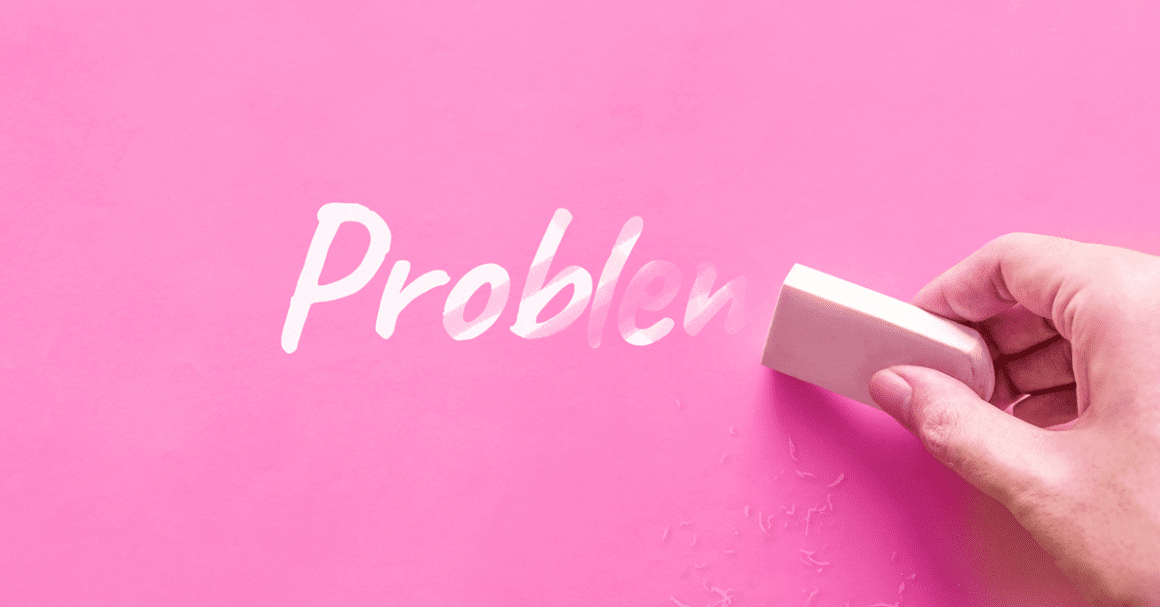
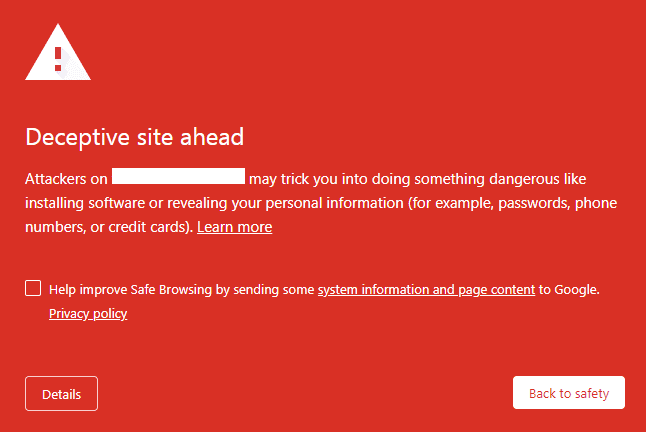
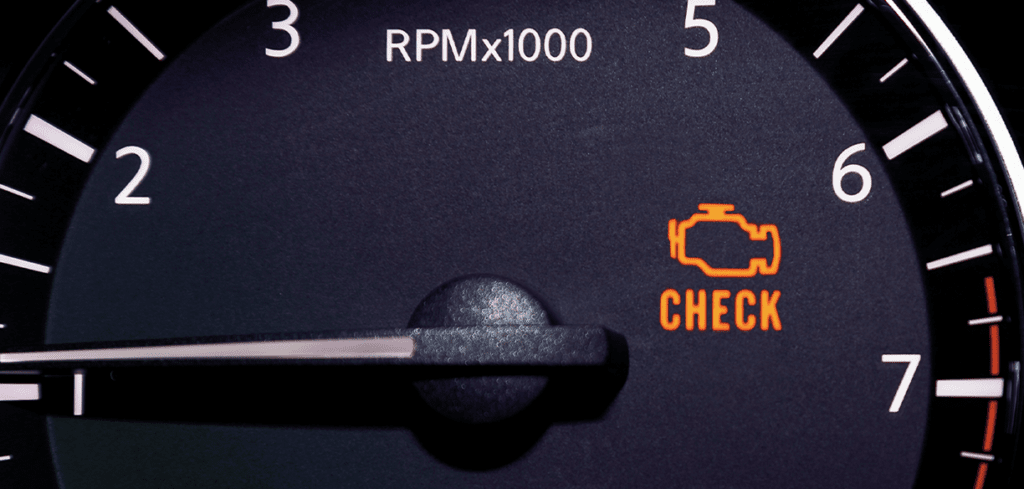



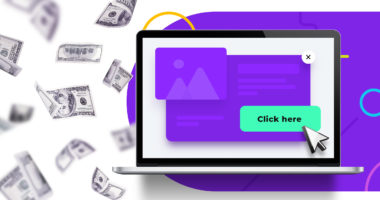




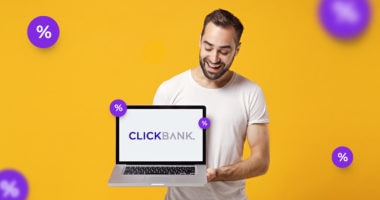
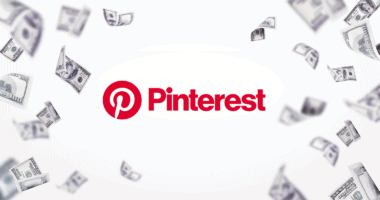

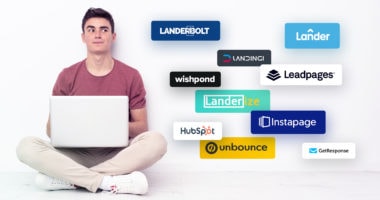




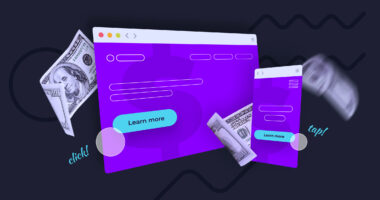

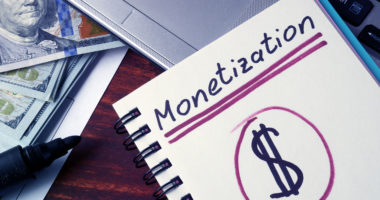

One comment
Thanks for this information.